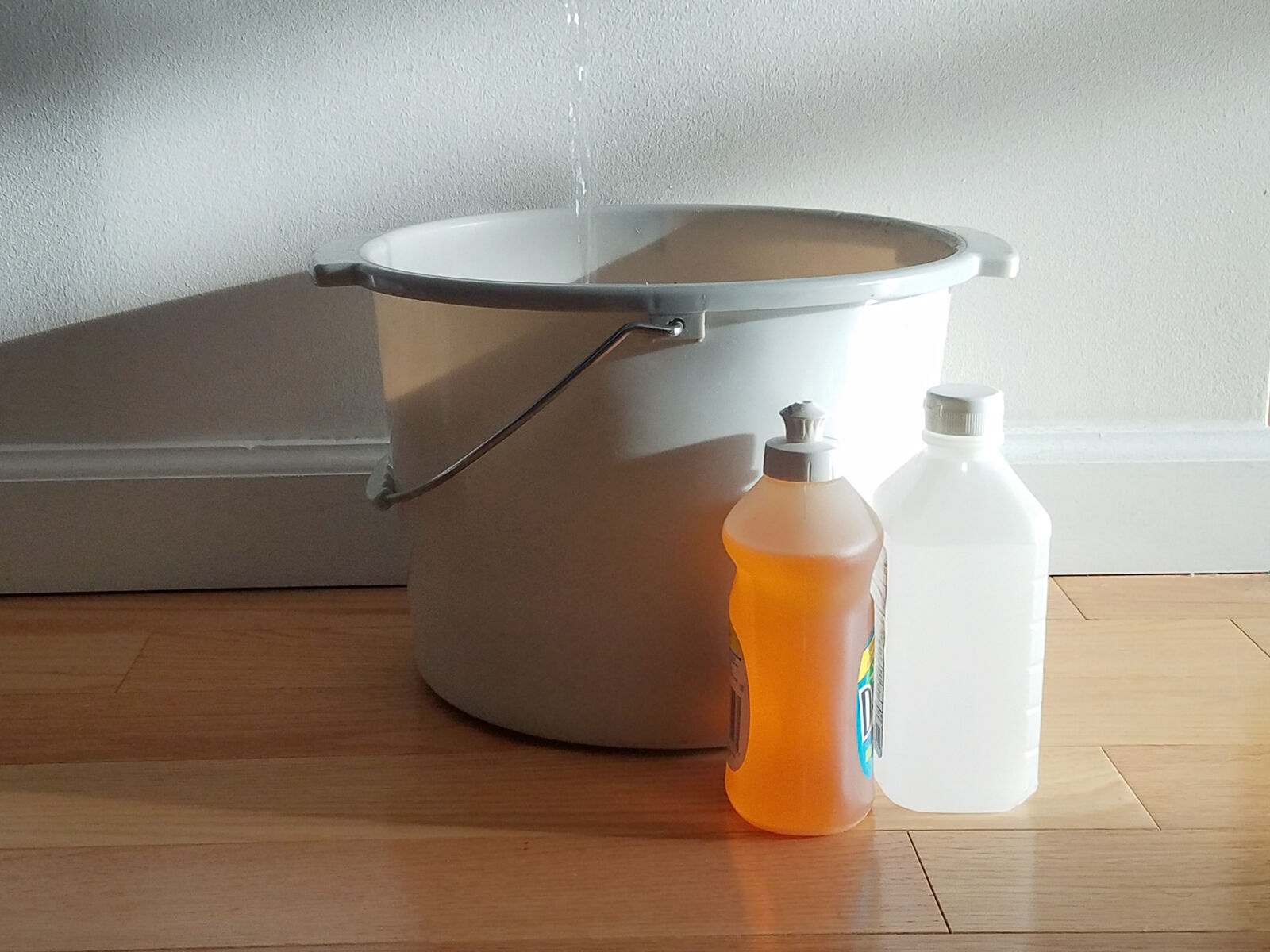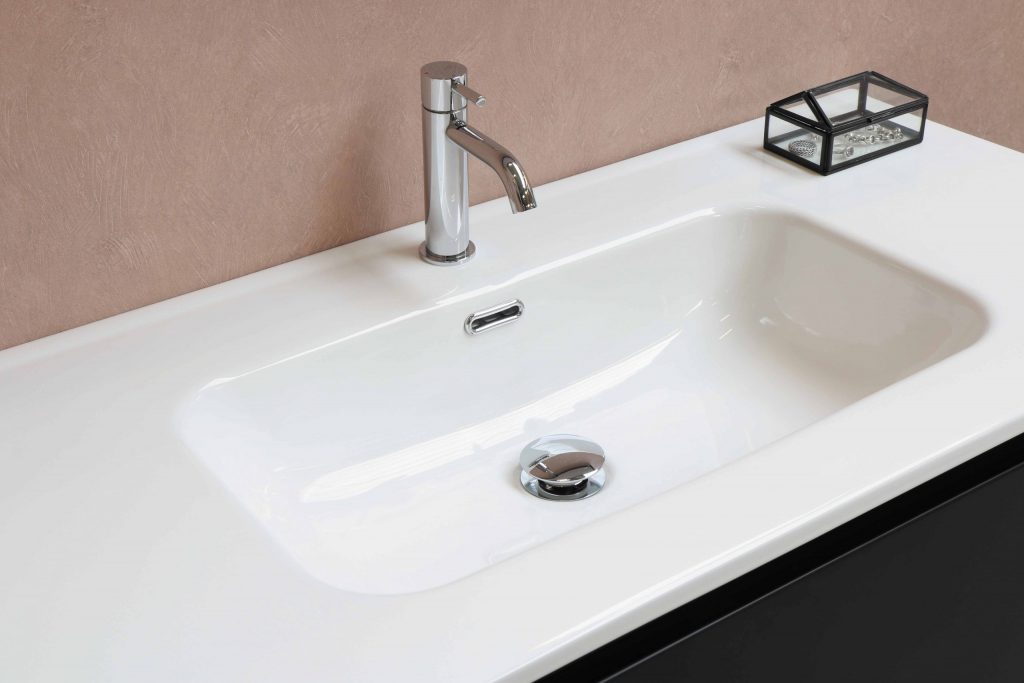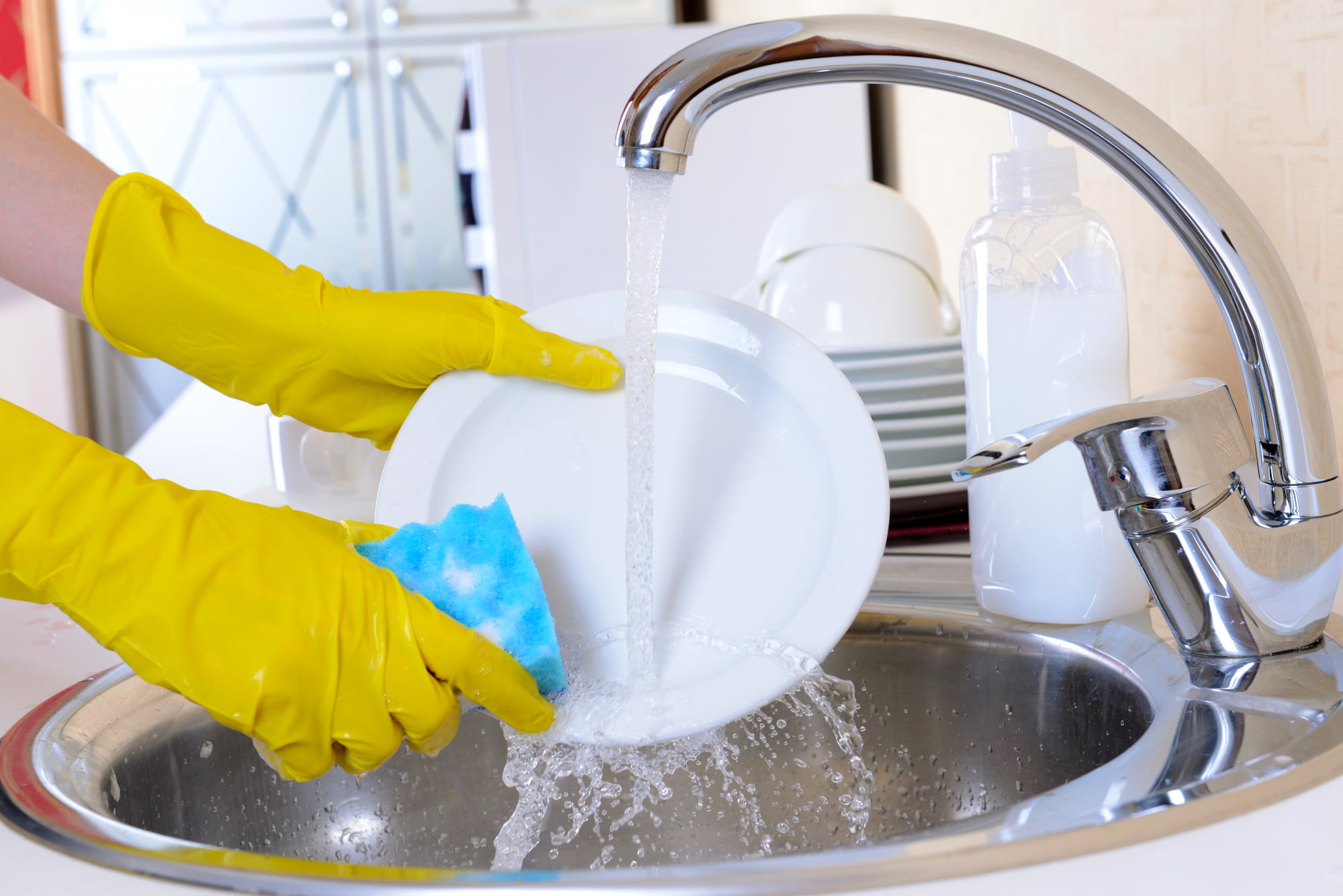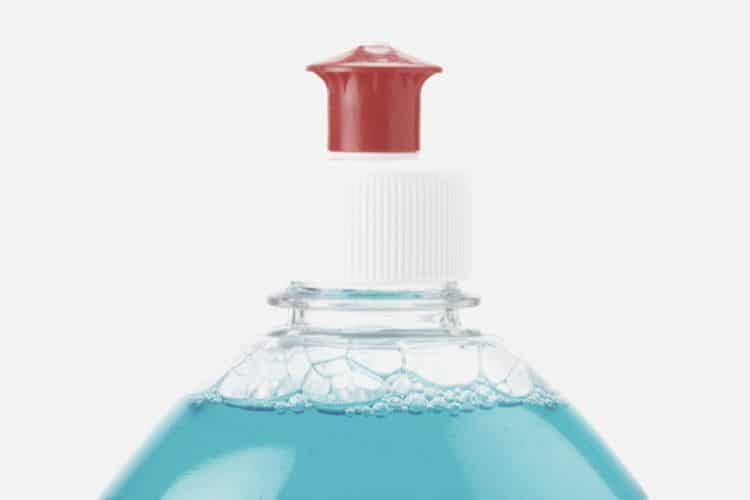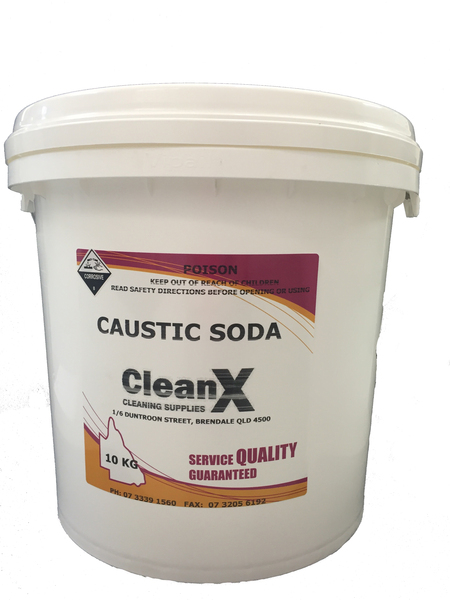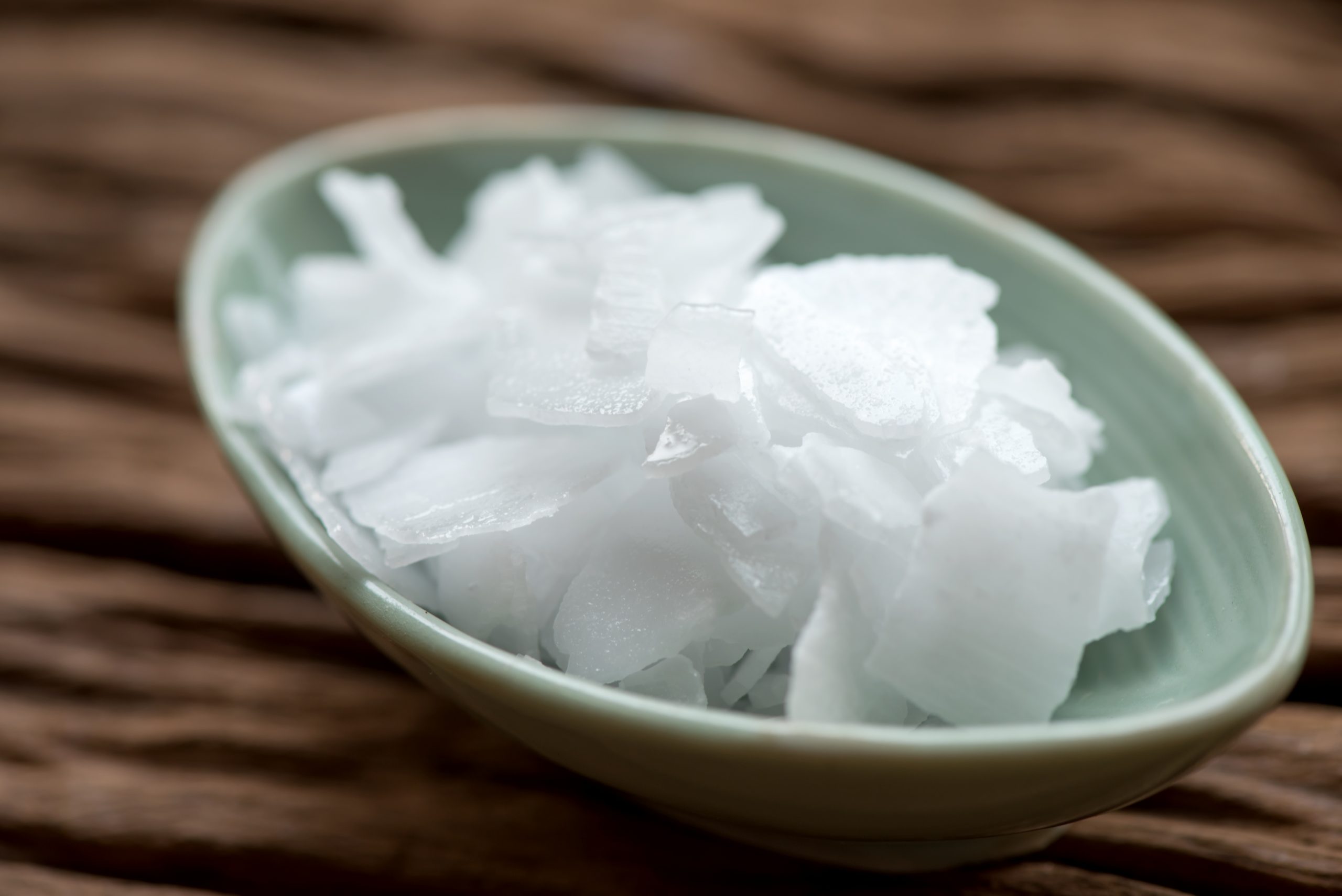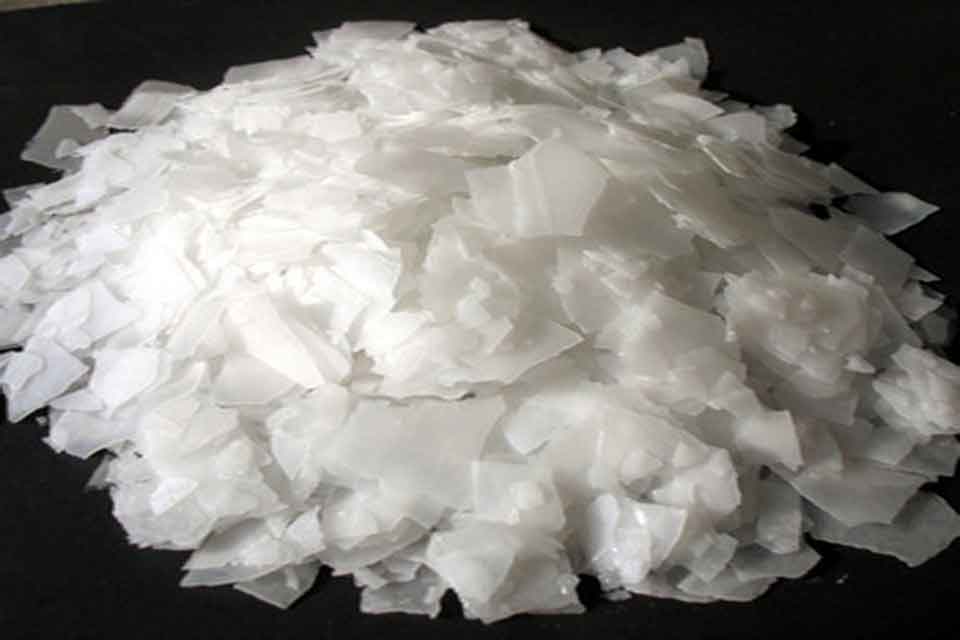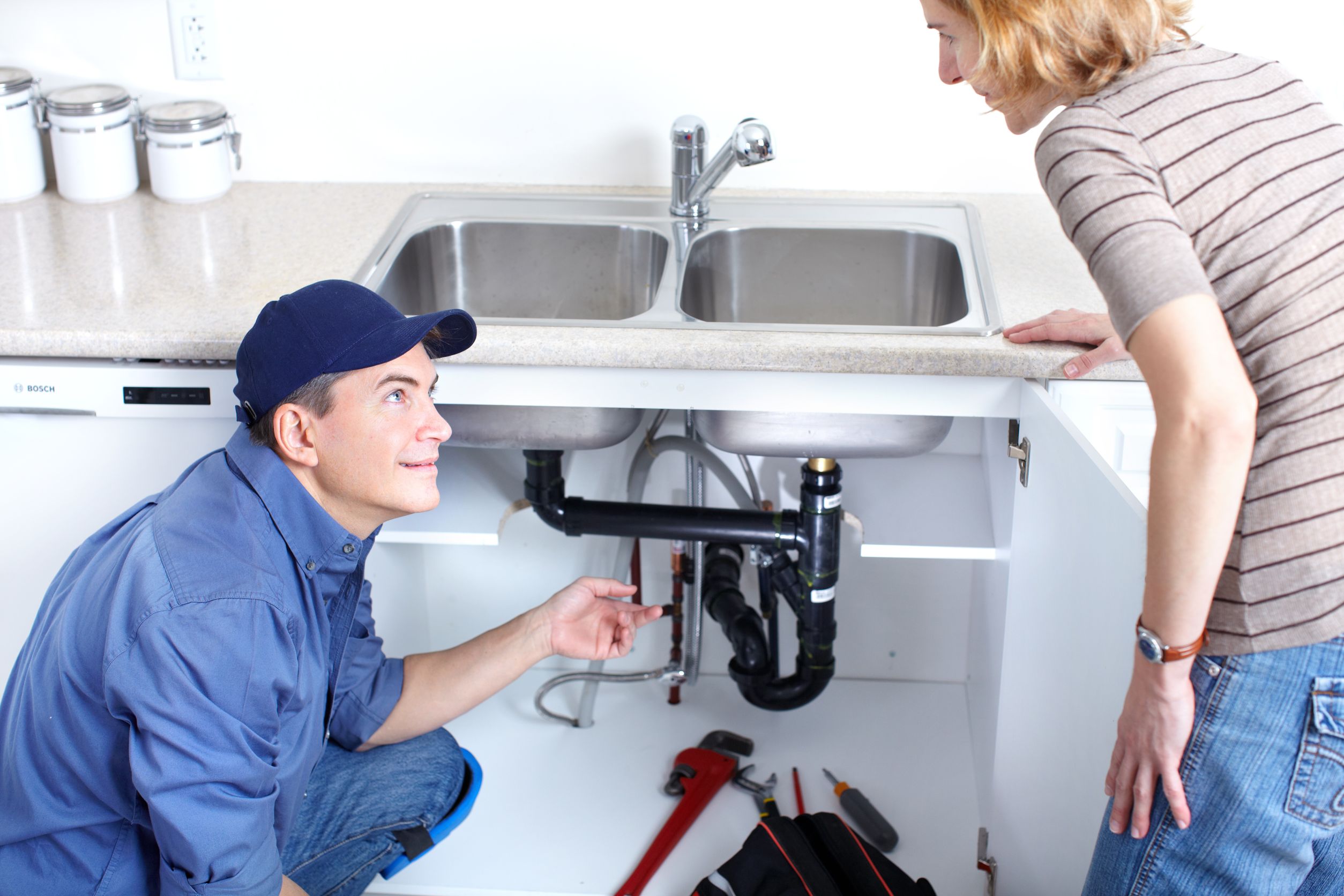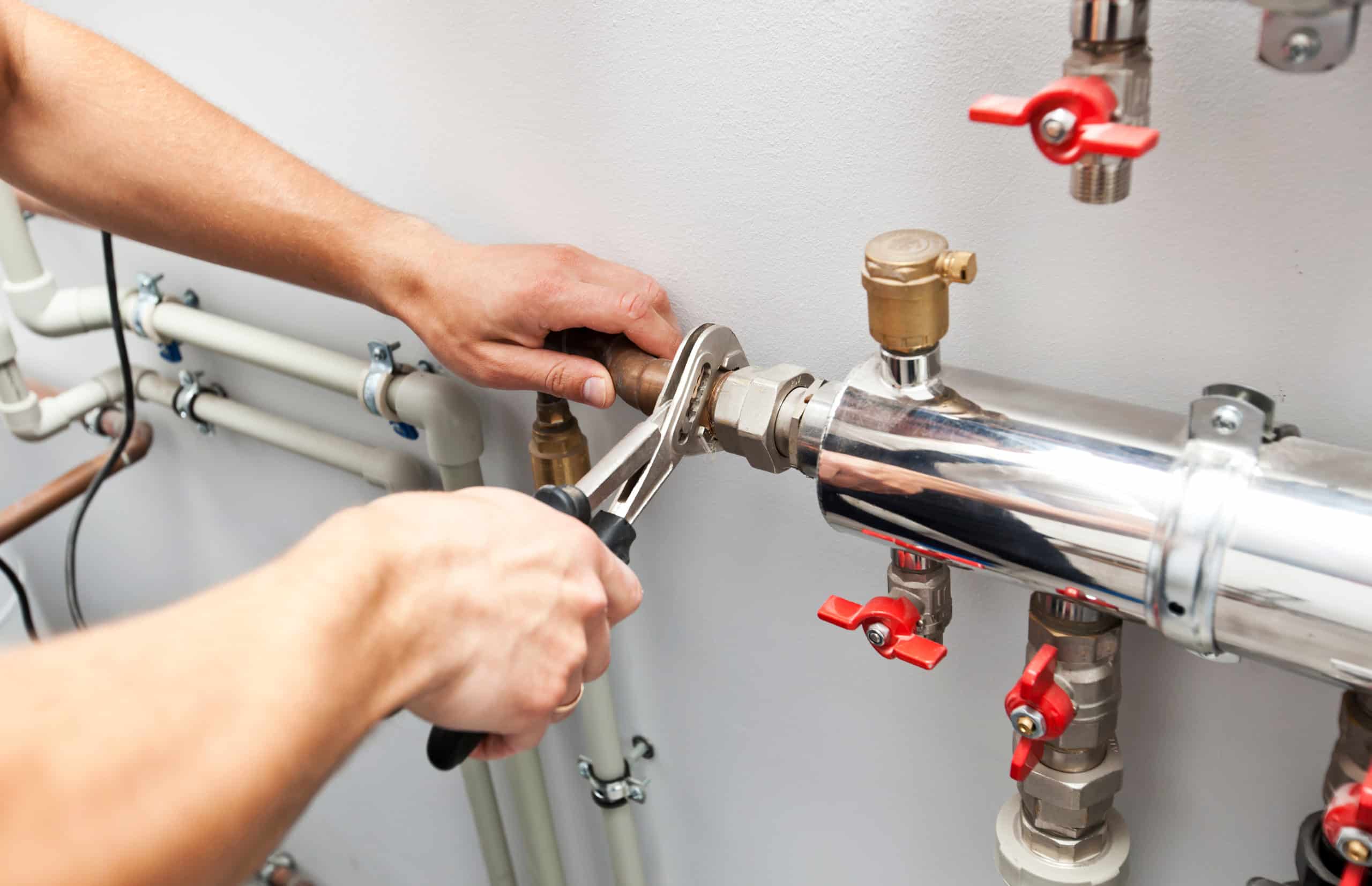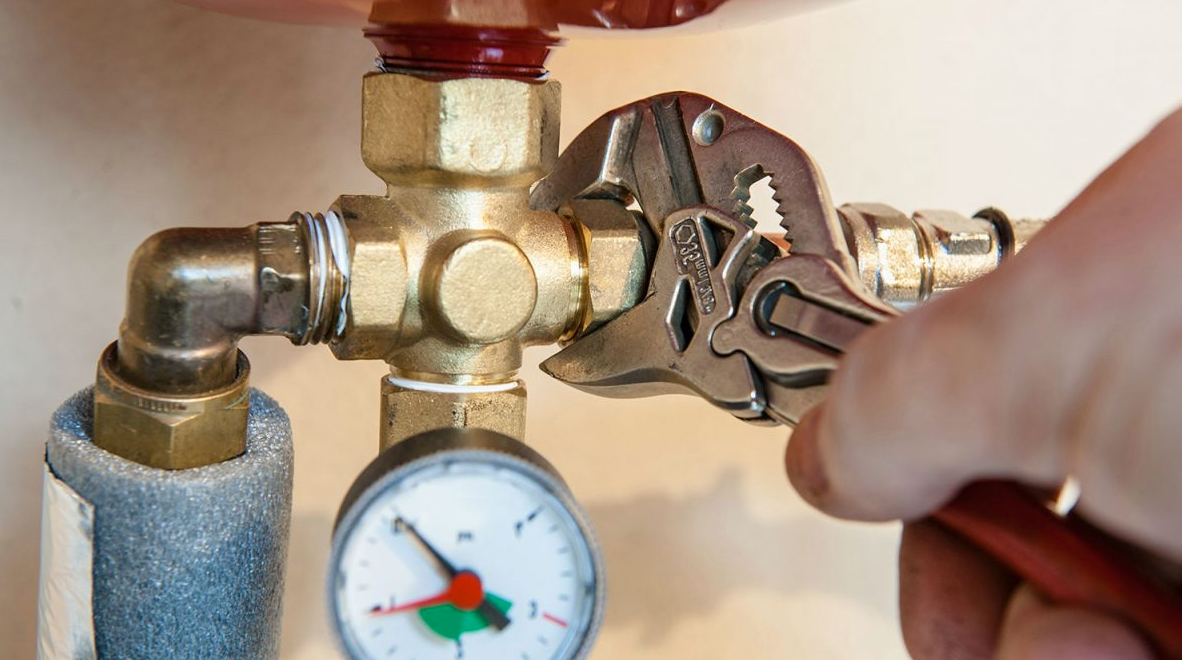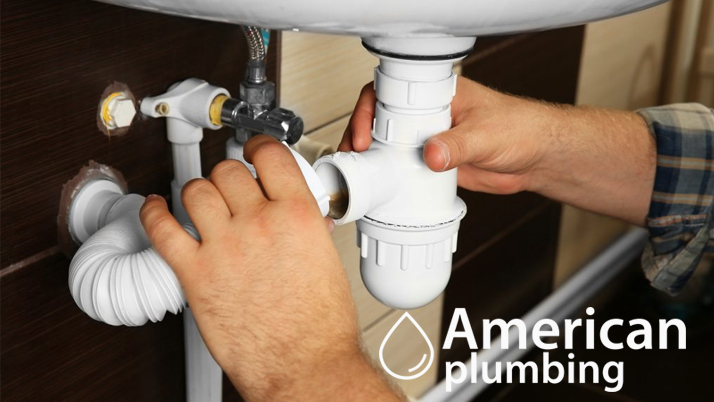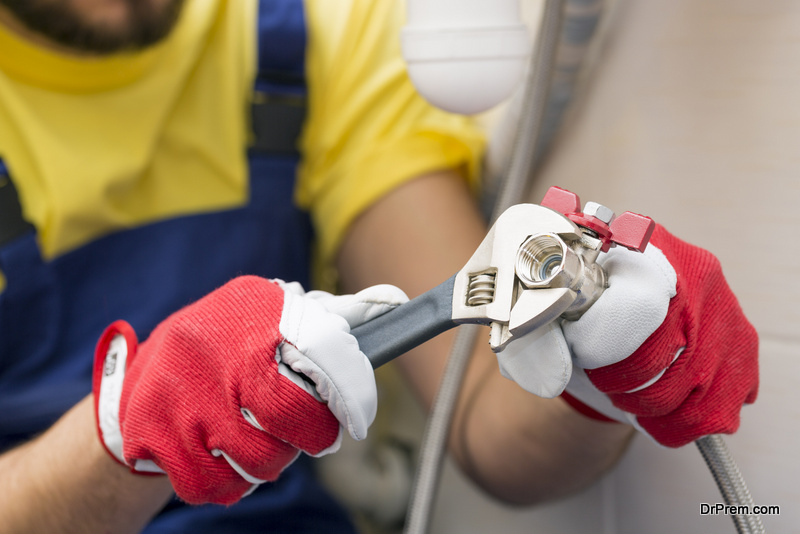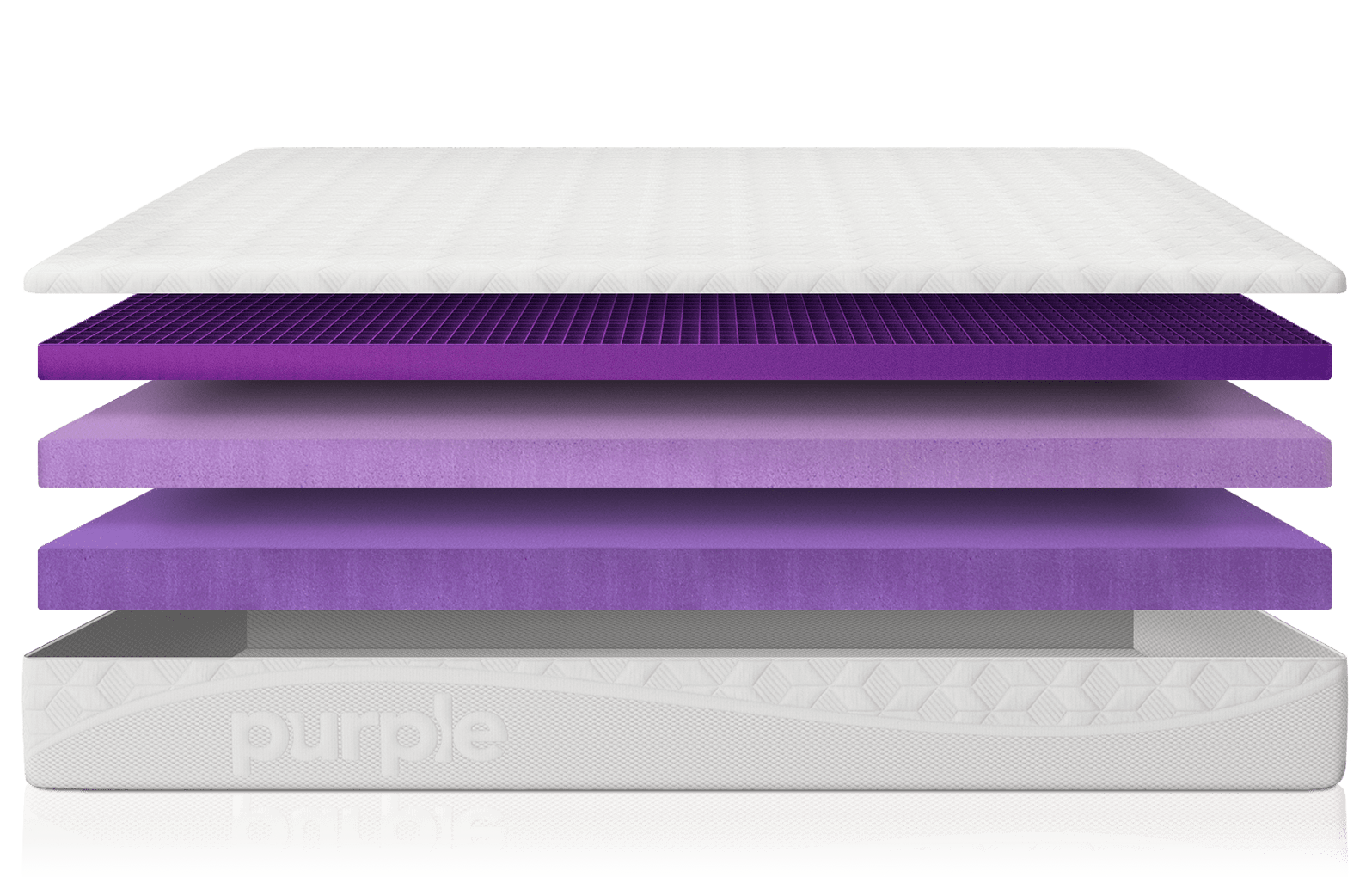If you're dealing with a clogged kitchen sink, your first line of defense should be a plunger. This trusty tool works by creating a seal over the drain and using pressure to dislodge any blockages. To use a plunger, fill the sink with enough water to cover the rubber cup of the plunger. Then place the plunger over the drain and firmly push and pull until the blockage is cleared. Bonus tip: For extra suction, coat the rim of the plunger with petroleum jelly before using.1. Using a Plunger
If you prefer a more natural approach, try using a combination of baking soda and vinegar to unclog your kitchen sink. Start by pouring half a cup of baking soda down the drain, followed by a cup of vinegar. Let the mixture sit for 15 minutes, then flush it down with hot water. The chemical reaction between the two ingredients can help break down any buildup in your pipes.2. Baking Soda and Vinegar
For a quick and simple solution, try pouring a pot of boiling water down your clogged kitchen sink. This can help dissolve any grease or soap scum that may be causing the blockage. Just be careful not to use this method if you have PVC pipes, as the hot water may cause damage.3. Boiling Water
If your kitchen sink is clogged with grease or oil, try using a mixture of salt and hot water to help break it down. Simply mix half a cup of salt with a pot of hot water and pour it down the drain. Let it sit for a few minutes, then flush it down with more hot water.4. Salt and Hot Water
If the above methods don't work, you may need to use a plumber's snake to physically remove the clog. This long, flexible tool can be inserted into the drain and manipulated to break up and remove any blockages. You can purchase a plumber's snake at most hardware stores and home improvement centers.5. Plumber's Snake
For a gentler approach to unclogging your kitchen sink, consider using an enzyme drain cleaner. These cleaners contain bacteria that eat away at organic matter, such as food particles and grease, without causing damage to your pipes. Simply follow the instructions on the product and let it work its magic.6. Enzyme Drain Cleaners
If your kitchen sink is clogged with hair or other organic matter, try using a mixture of hydrogen peroxide and baking soda to break it down. First, pour half a cup of baking soda down the drain, then follow it with a cup of hydrogen peroxide. Let it sit for 30 minutes, then flush it down with hot water.7. Hydrogen Peroxide and Baking Soda
Another simple and effective method for unclogging a kitchen sink is using dish soap and hot water. Start by pouring a generous amount of dish soap down the drain, then follow it with a pot of hot water. The soap can help lubricate the pipes and wash away any buildup.8. Dish Soap and Hot Water
If you have a serious clog in your kitchen sink, you may need to use a stronger solution such as caustic soda. This chemical can dissolve tough blockages, but it must be used carefully and according to the instructions on the product. Be sure to wear protective gear and avoid mixing caustic soda with other cleaning products.9. Caustic Soda
If all else fails, it may be time to call in the professionals. A licensed plumber will have the tools and expertise to quickly and effectively unclog your kitchen sink. They can also identify any underlying issues that may be causing recurring clogs and recommend solutions to prevent them in the future. By using one or a combination of these methods, you can safely and effectively unclog your kitchen sink without causing damage to your pipes. Remember to always take precautions and follow instructions when using chemicals or tools, and when in doubt, it's best to seek professional help.10. Professional Plumbing Services
How to Effectively Unclog Your Kitchen Sink with Septic Safe Methods

Say Goodbye to Stubborn Clogs and Hello to a Smooth-Running Sink
 Keeping your kitchen sink clean and free from clogs is an essential part of maintaining a healthy and functional household. However, with daily use, it's inevitable that your sink will experience some form of clogging, especially if you have a septic system. While there are many chemical-based products available in the market to unclog your kitchen sink, they can be harsh on your septic system and pose a risk to the environment. Thankfully, there are safe and effective methods that you can use to unclog your kitchen sink without harming your septic system.
Septic safe
methods involve using natural ingredients that are gentle on your septic system and the environment. One of the most effective methods for unclogging a kitchen sink is by using a mixture of
baking soda
and
vinegar
. This combination creates a foaming reaction that can break down and dissolve the build-up of
grease, food particles, and other debris
in your pipes. Simply pour half a cup of baking soda down the drain, followed by a cup of vinegar. Let the mixture sit for about 15 minutes, then pour hot water down the drain to flush out the clog.
Another
septic safe
method is by using a
plunger
. This tool works by creating pressure to dislodge any blockages in your pipes. Be sure to cover the overflow drain with a wet cloth before plunging to ensure maximum pressure. You can also use a
plumber's snake
, a long flexible tool that can reach deep into your pipes to remove any stubborn clogs.
Regularly cleaning your kitchen sink and
septic system
can also help prevent clogs from occurring. Make sure to avoid pouring
grease, oil, and coffee grounds
down the drain as they can solidify and cause blockages. Also, consider installing a
garbage disposal
to grind up food particles before they go down the drain.
In conclusion, unclogging your kitchen sink with
septic safe
methods is not only effective but also
environmentally friendly
. By using natural ingredients and avoiding harmful chemicals, you can keep your septic system healthy and ensure a smoothly running sink. Remember to regularly clean and maintain your sink and septic system to prevent clogs and maintain a clean and functional kitchen.
Keeping your kitchen sink clean and free from clogs is an essential part of maintaining a healthy and functional household. However, with daily use, it's inevitable that your sink will experience some form of clogging, especially if you have a septic system. While there are many chemical-based products available in the market to unclog your kitchen sink, they can be harsh on your septic system and pose a risk to the environment. Thankfully, there are safe and effective methods that you can use to unclog your kitchen sink without harming your septic system.
Septic safe
methods involve using natural ingredients that are gentle on your septic system and the environment. One of the most effective methods for unclogging a kitchen sink is by using a mixture of
baking soda
and
vinegar
. This combination creates a foaming reaction that can break down and dissolve the build-up of
grease, food particles, and other debris
in your pipes. Simply pour half a cup of baking soda down the drain, followed by a cup of vinegar. Let the mixture sit for about 15 minutes, then pour hot water down the drain to flush out the clog.
Another
septic safe
method is by using a
plunger
. This tool works by creating pressure to dislodge any blockages in your pipes. Be sure to cover the overflow drain with a wet cloth before plunging to ensure maximum pressure. You can also use a
plumber's snake
, a long flexible tool that can reach deep into your pipes to remove any stubborn clogs.
Regularly cleaning your kitchen sink and
septic system
can also help prevent clogs from occurring. Make sure to avoid pouring
grease, oil, and coffee grounds
down the drain as they can solidify and cause blockages. Also, consider installing a
garbage disposal
to grind up food particles before they go down the drain.
In conclusion, unclogging your kitchen sink with
septic safe
methods is not only effective but also
environmentally friendly
. By using natural ingredients and avoiding harmful chemicals, you can keep your septic system healthy and ensure a smoothly running sink. Remember to regularly clean and maintain your sink and septic system to prevent clogs and maintain a clean and functional kitchen.


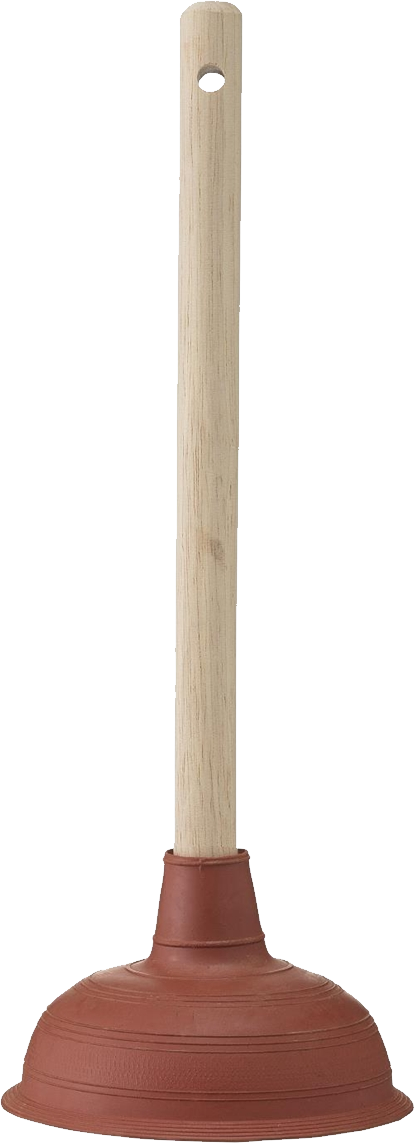










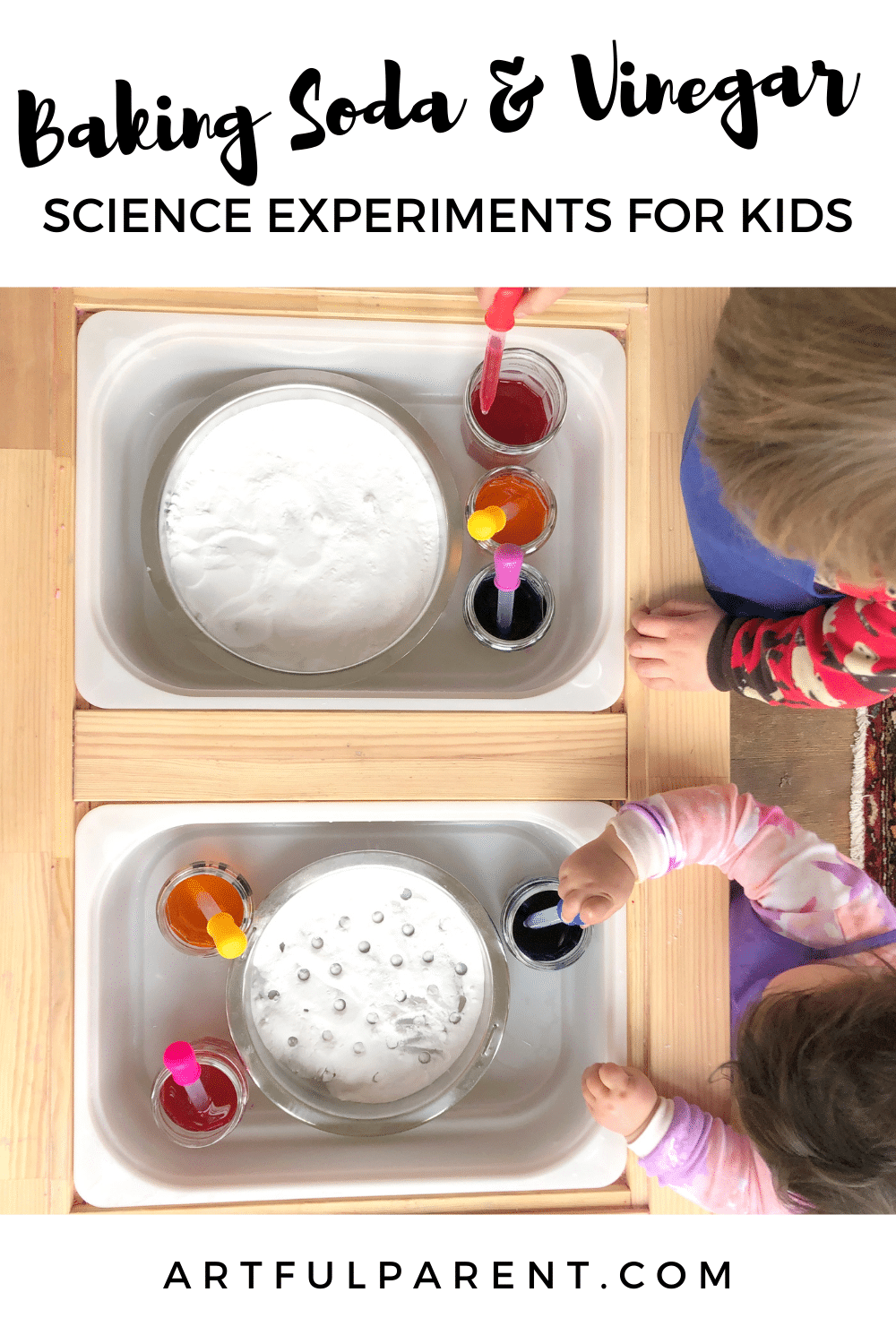
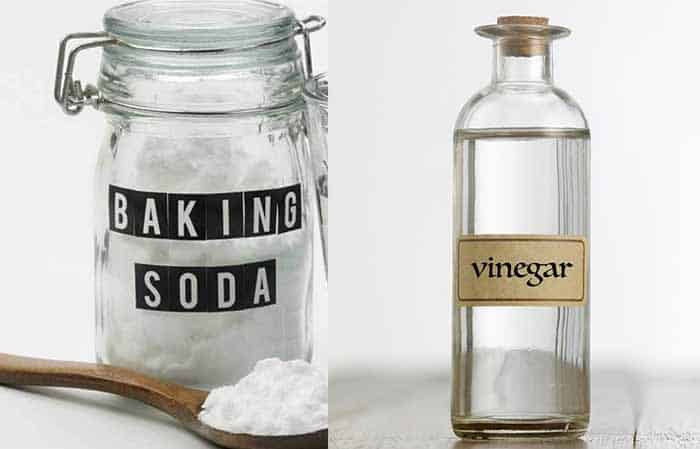




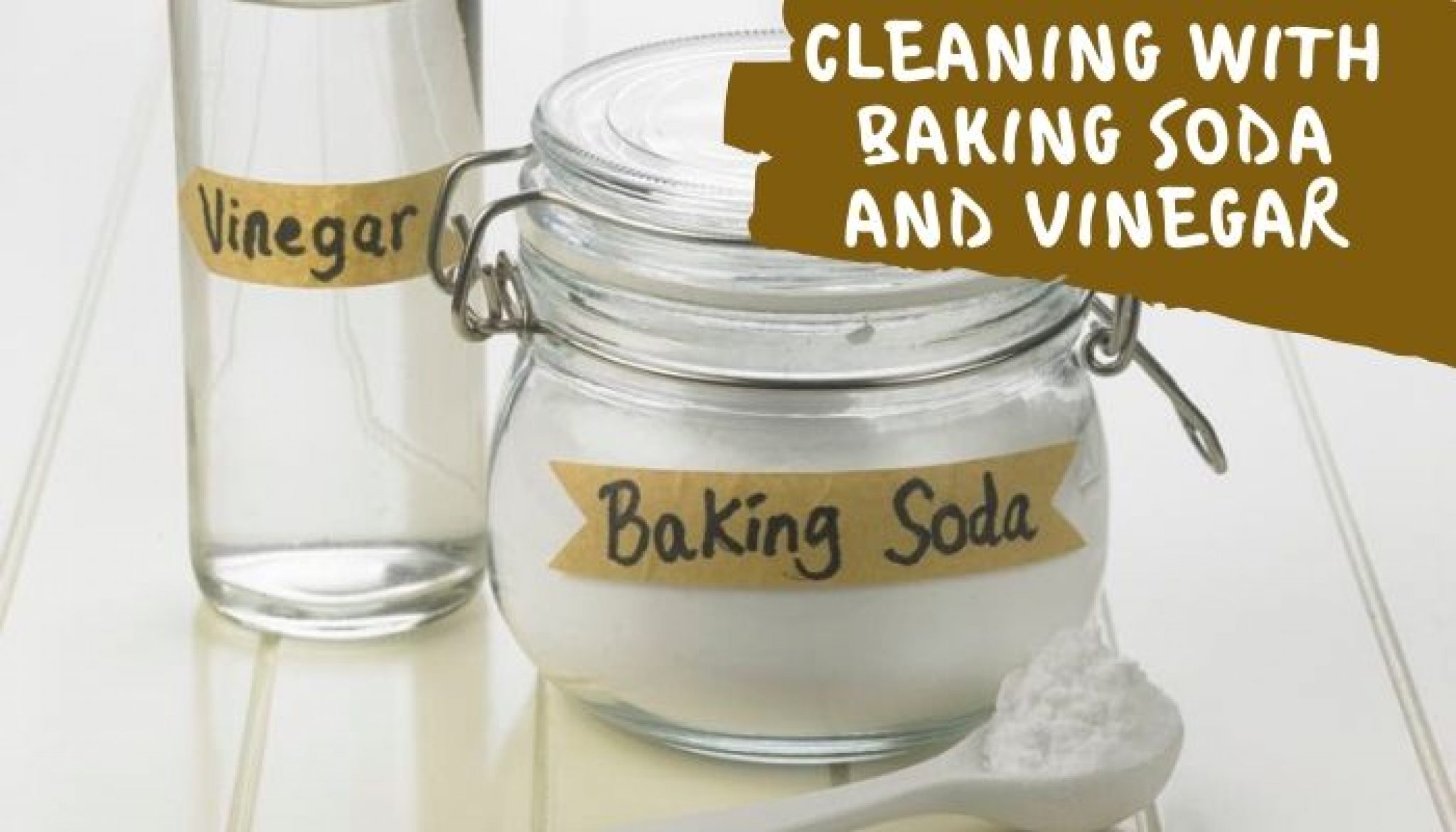
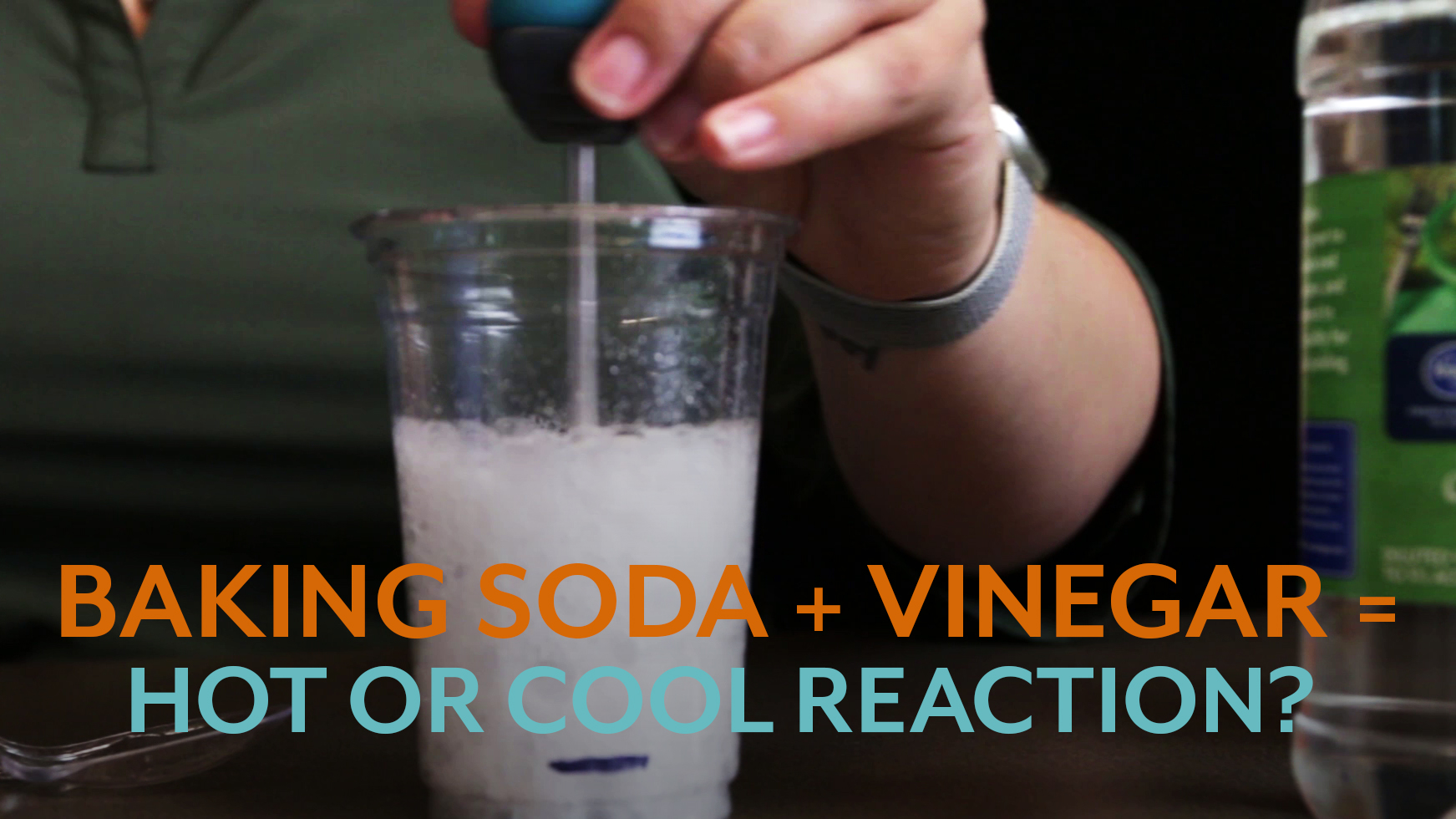




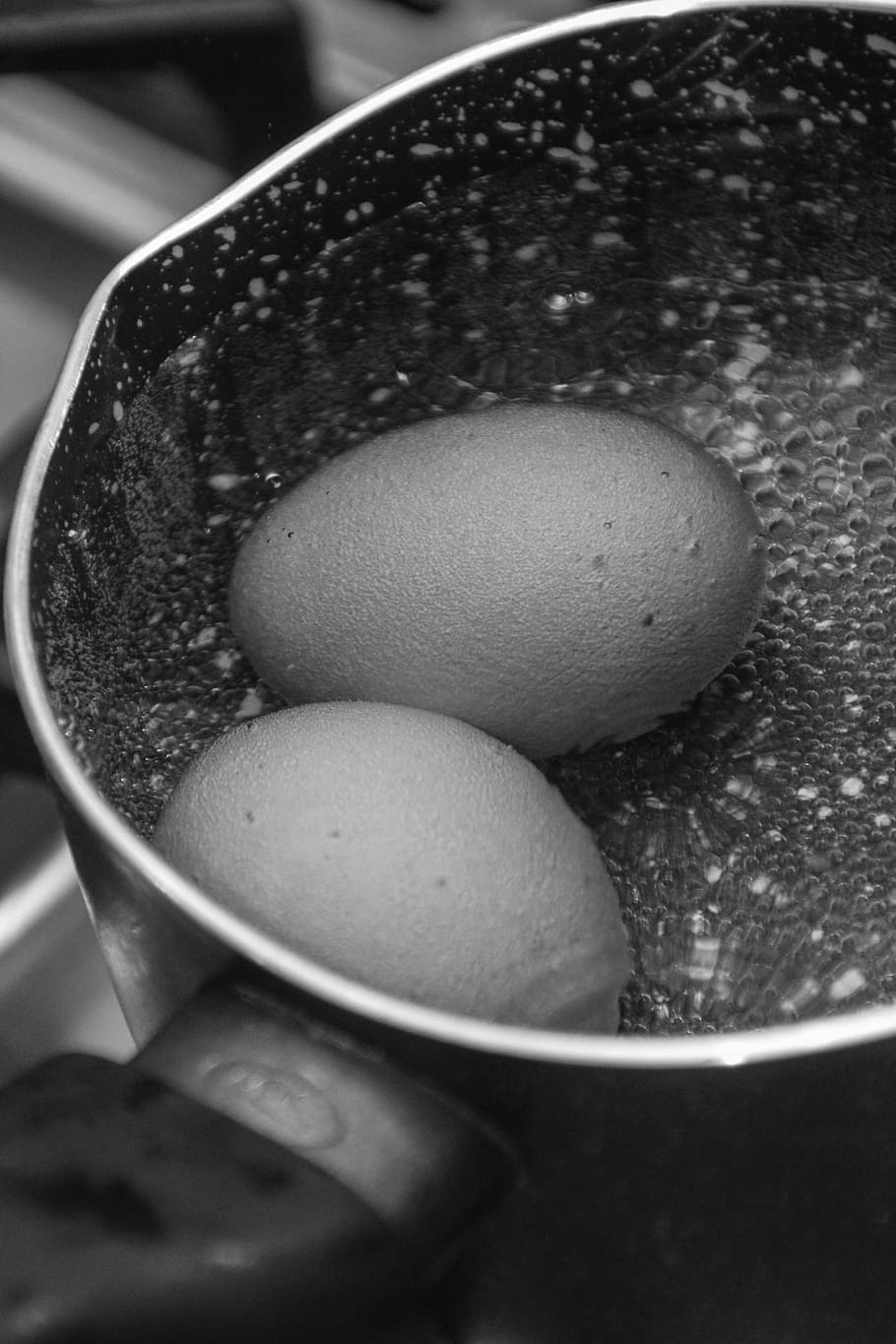

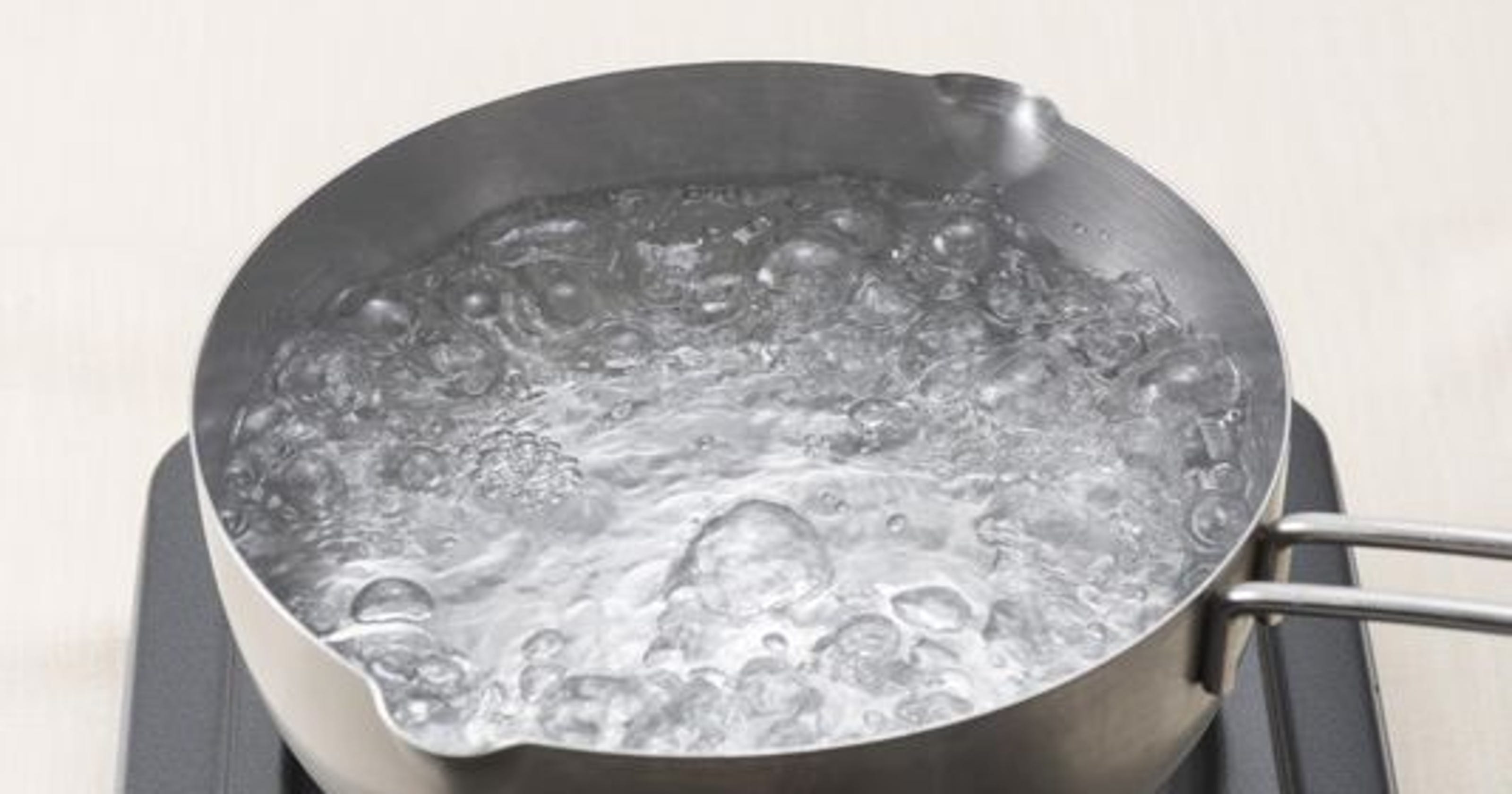
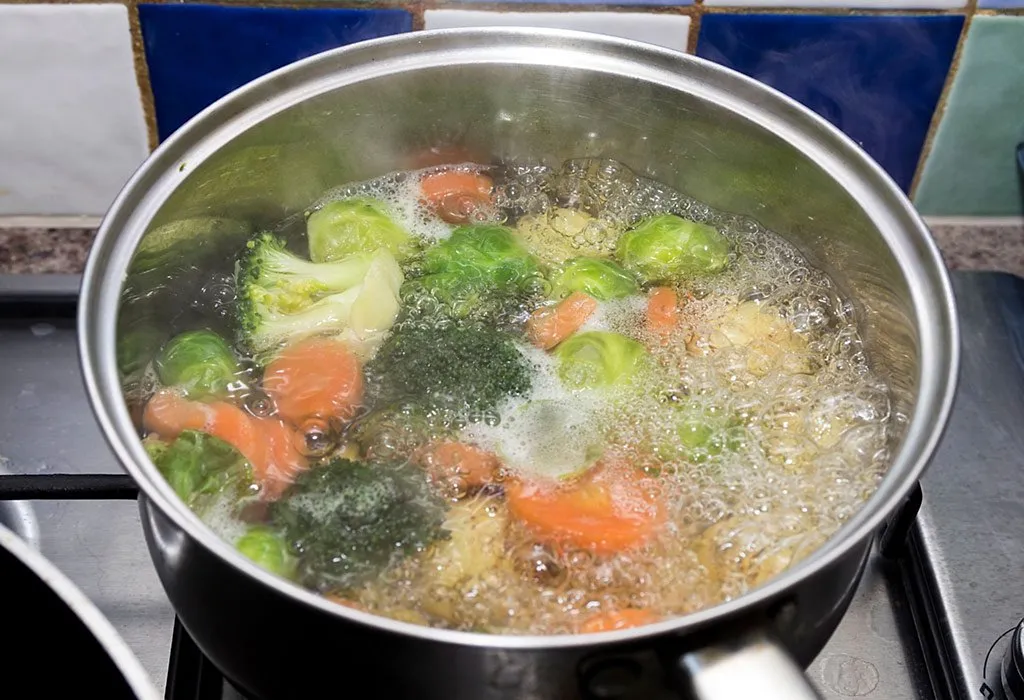

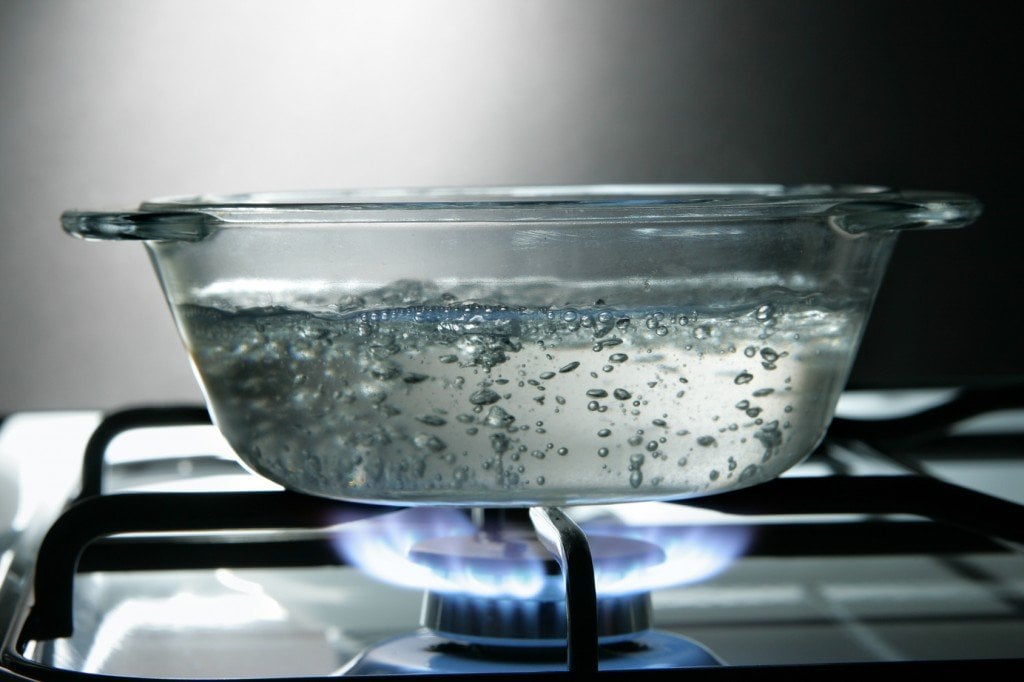


/boiling-water-on-gas-stove-143735234-5790aeb35f9b584d2005e949.jpg)
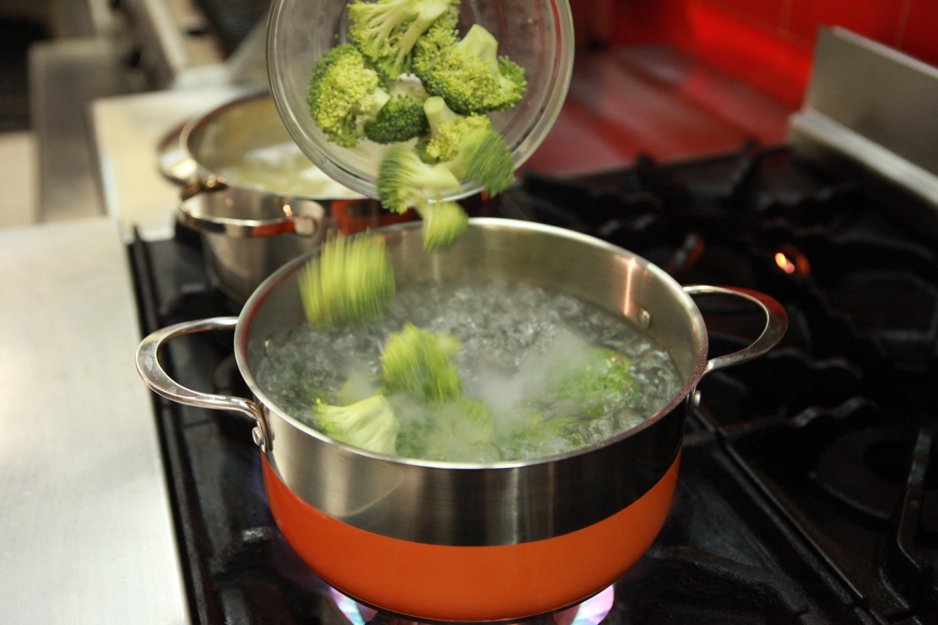
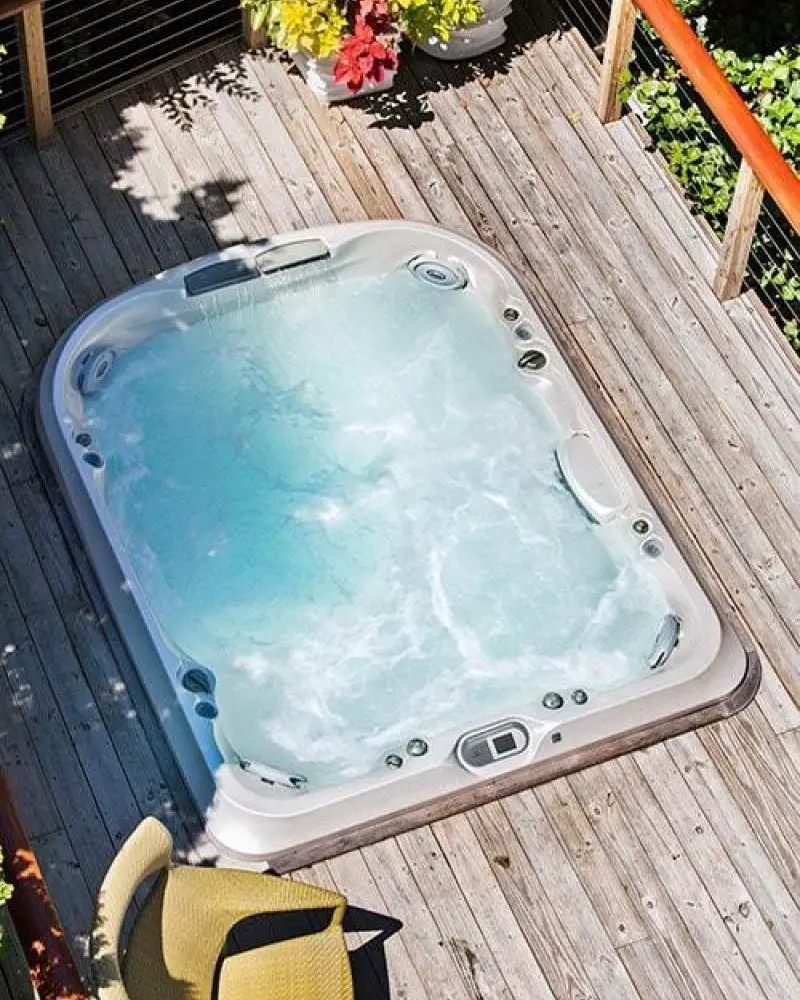





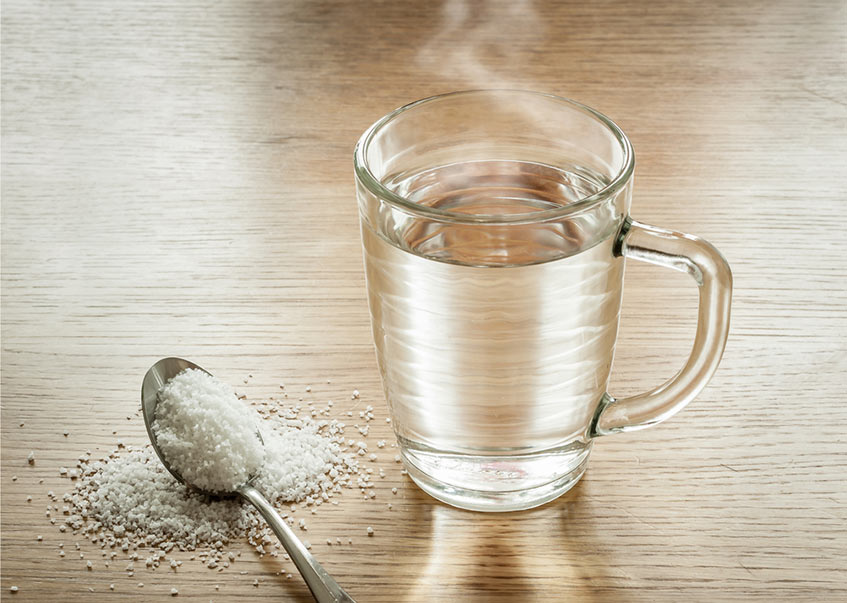
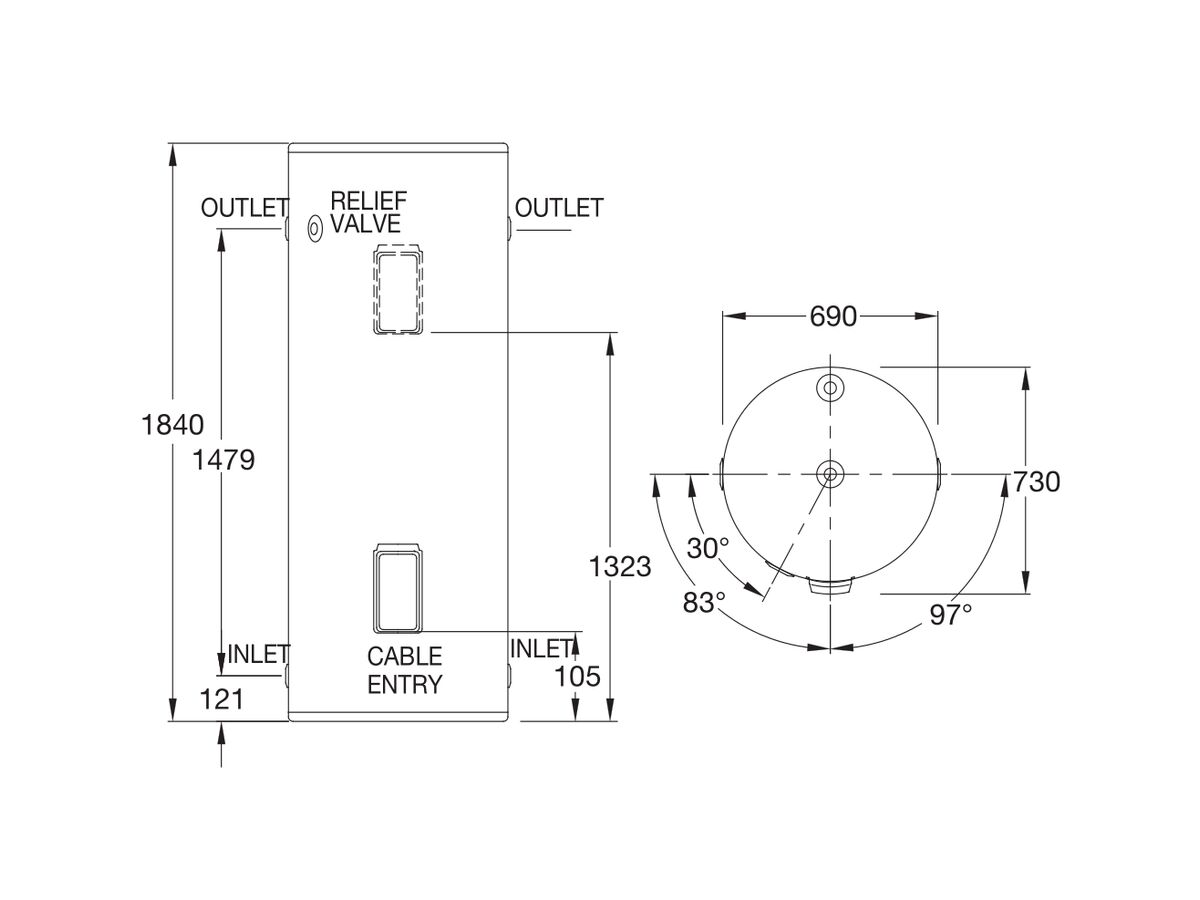
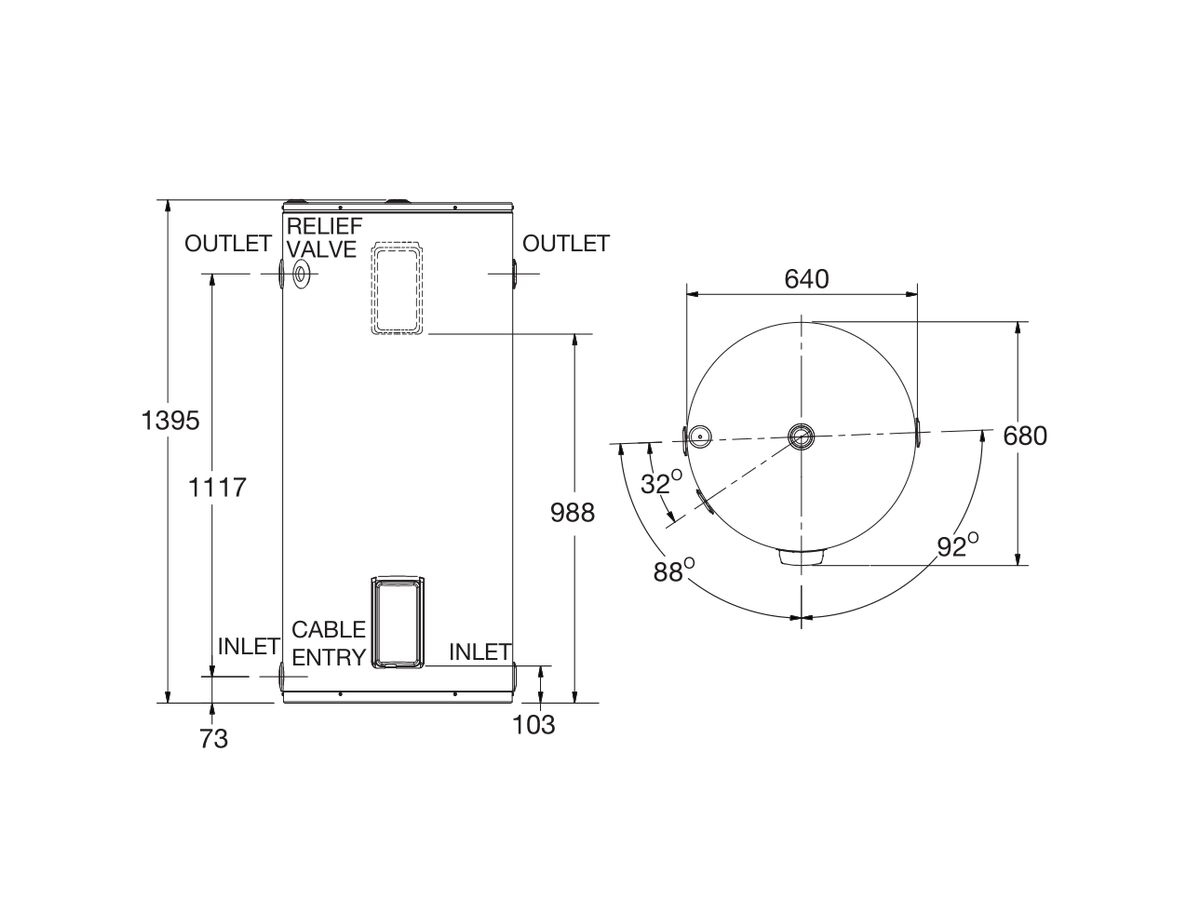
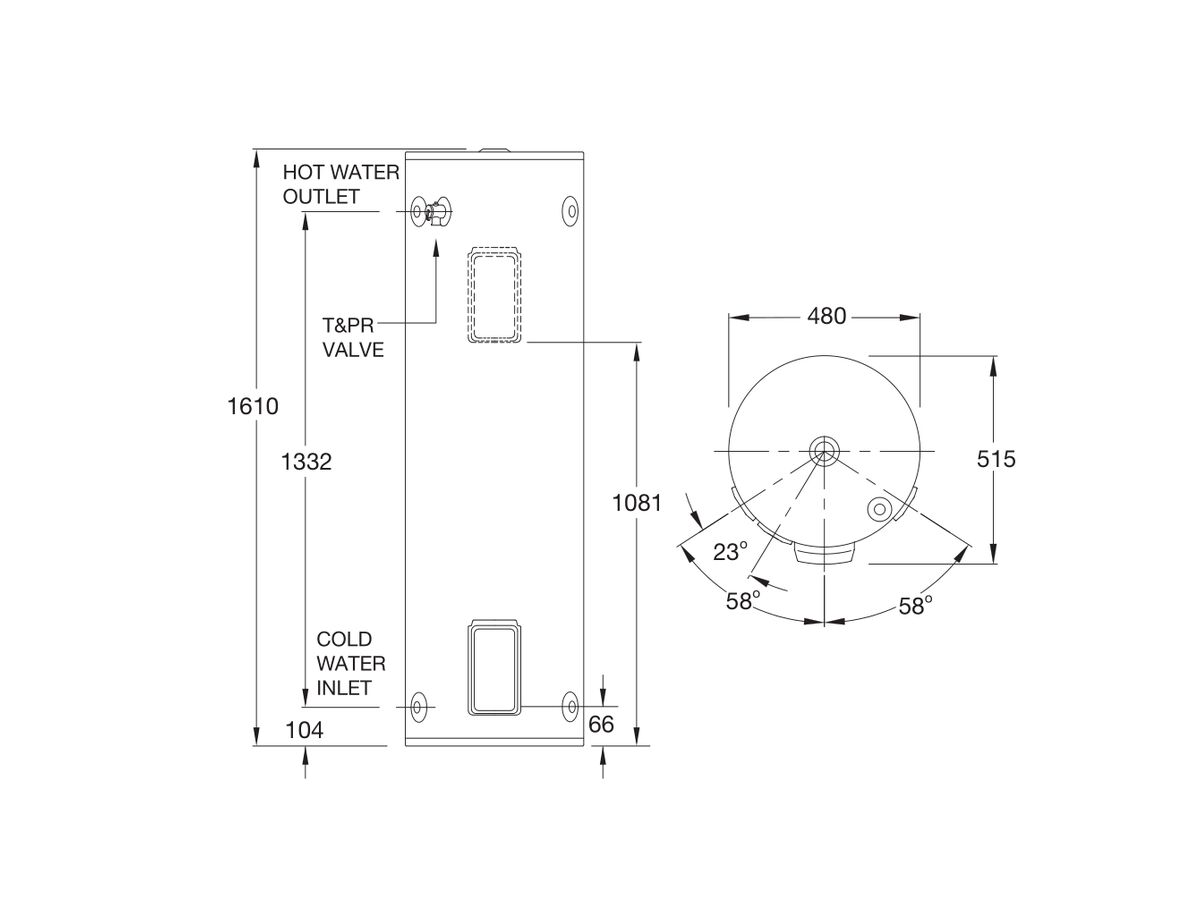


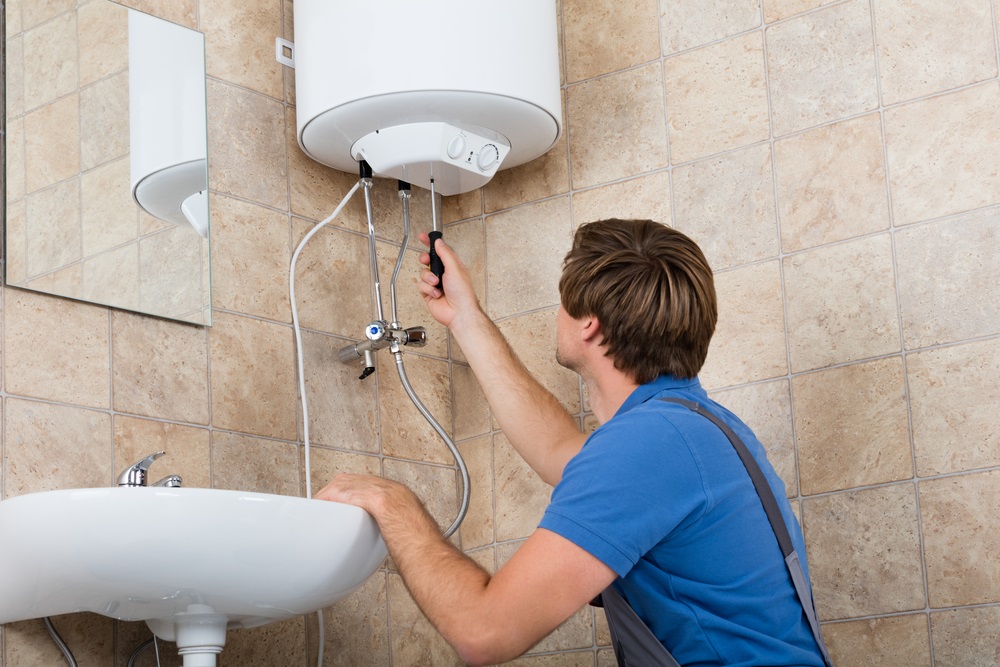
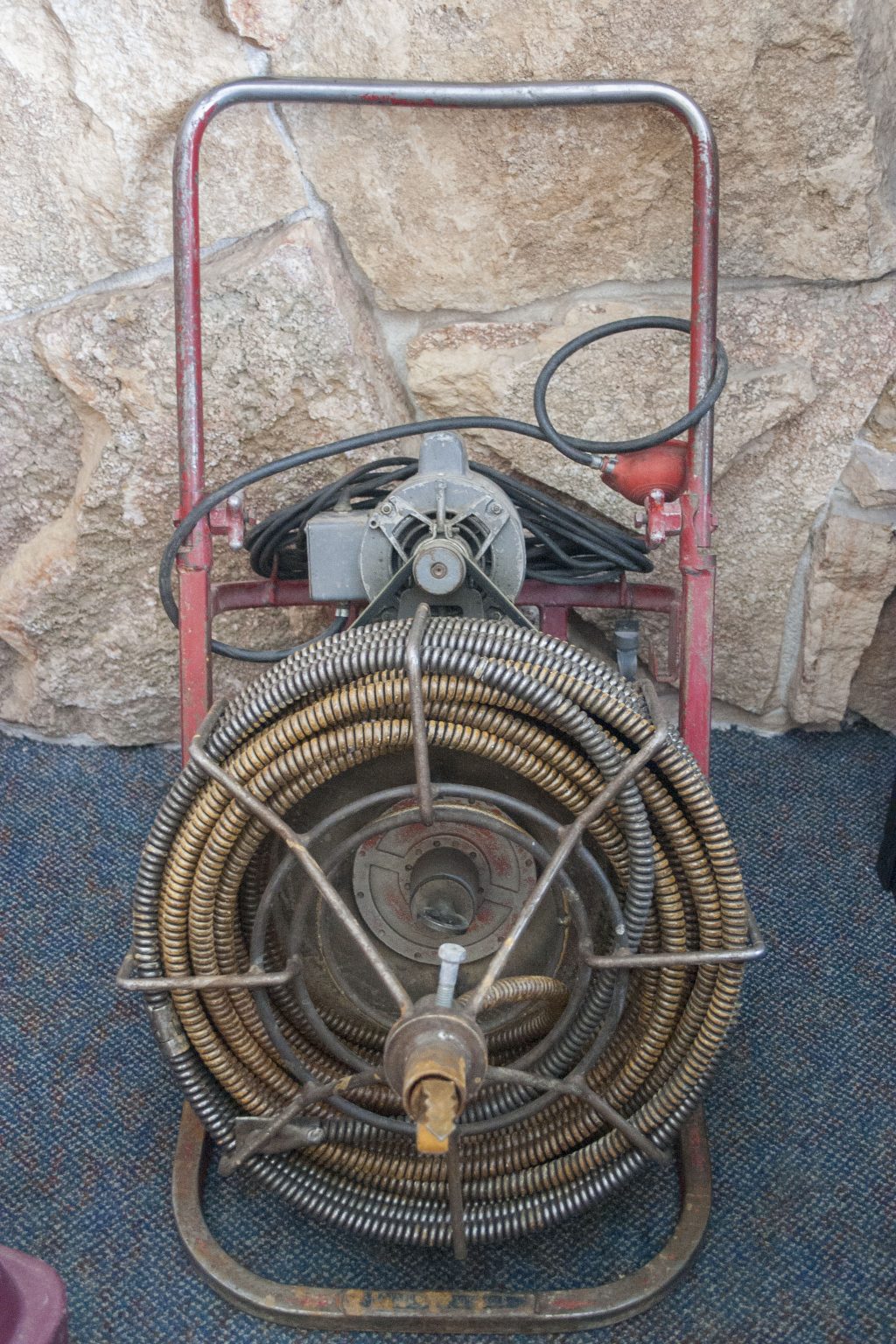

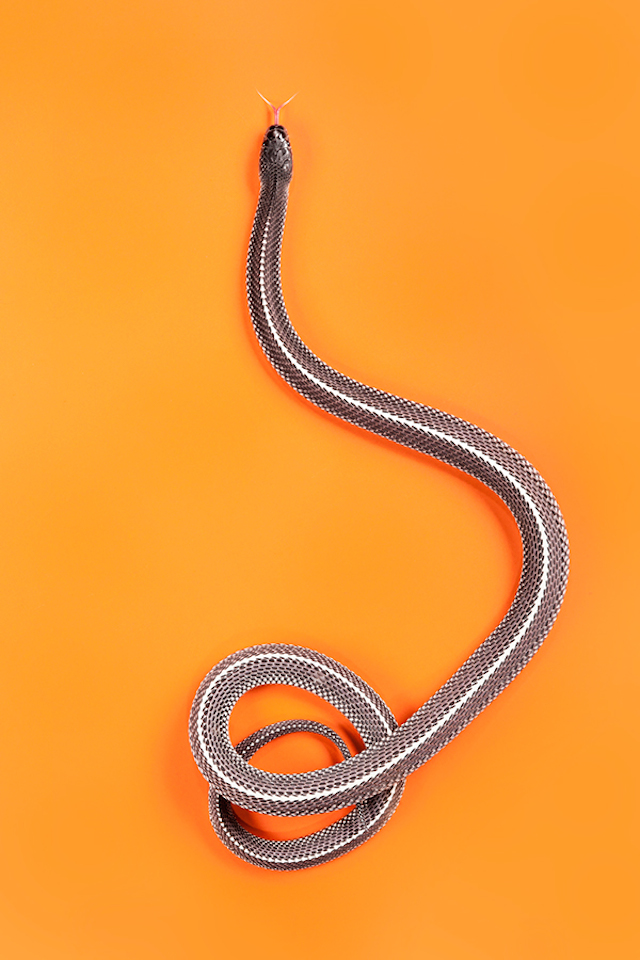
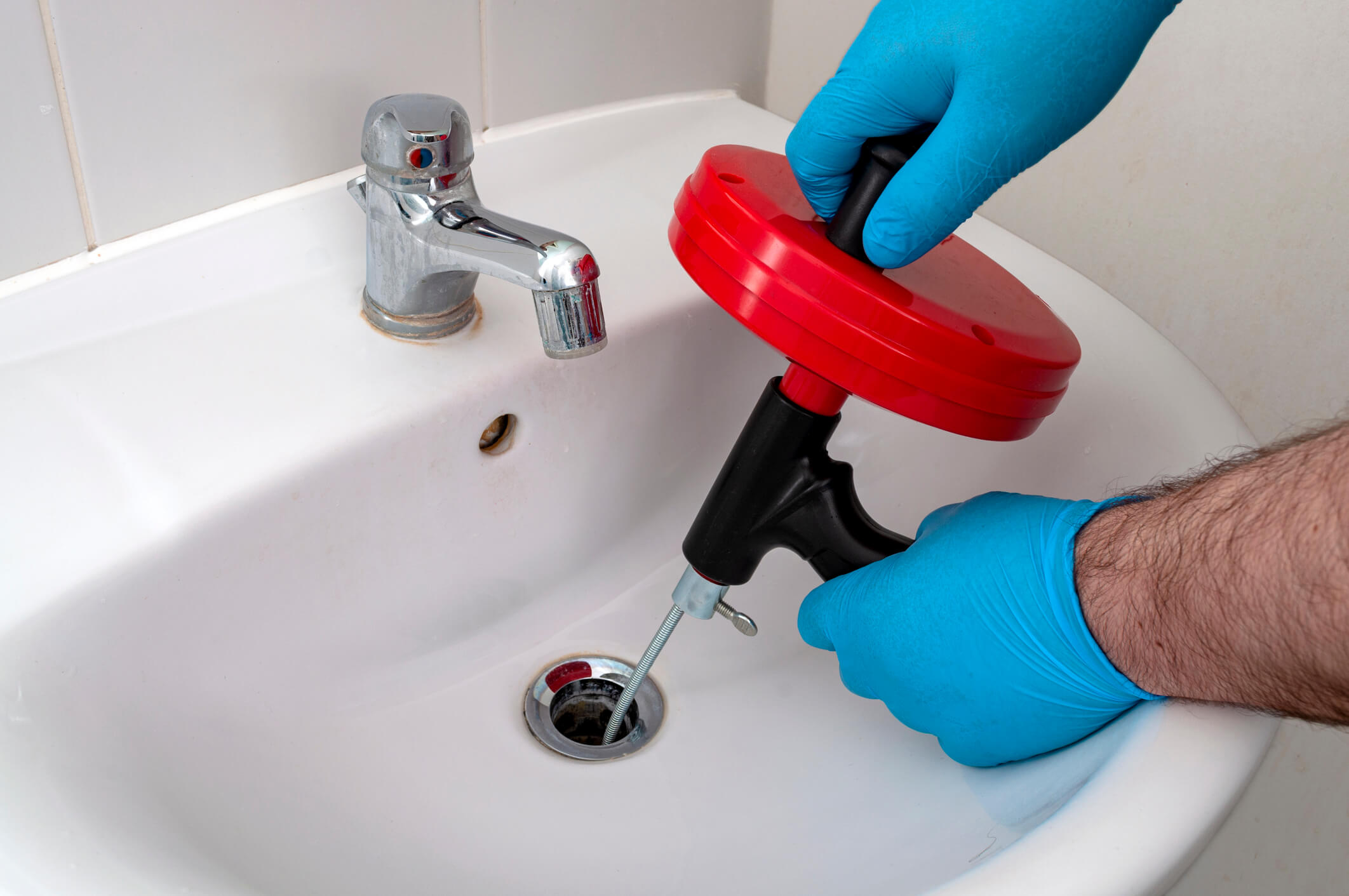


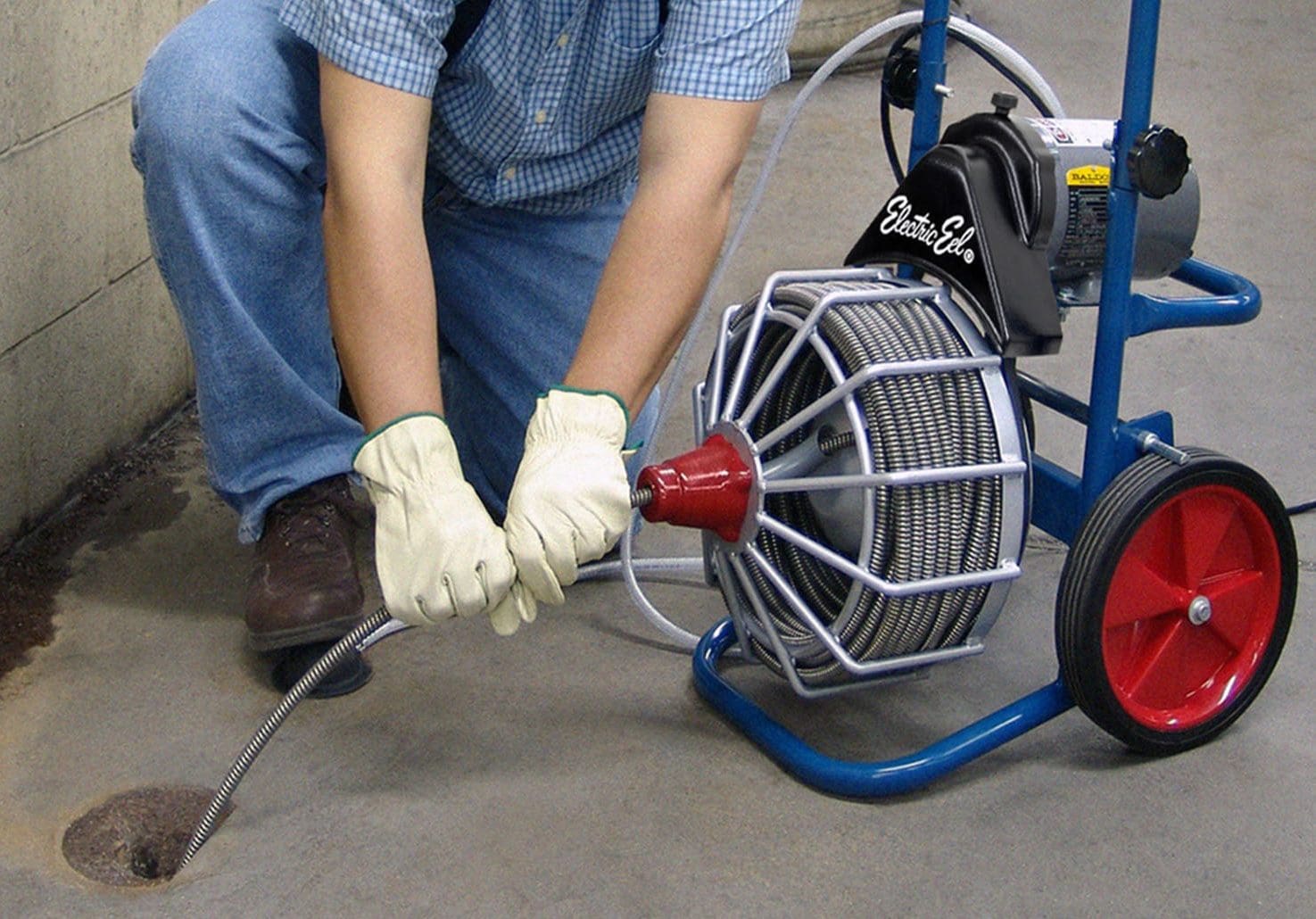


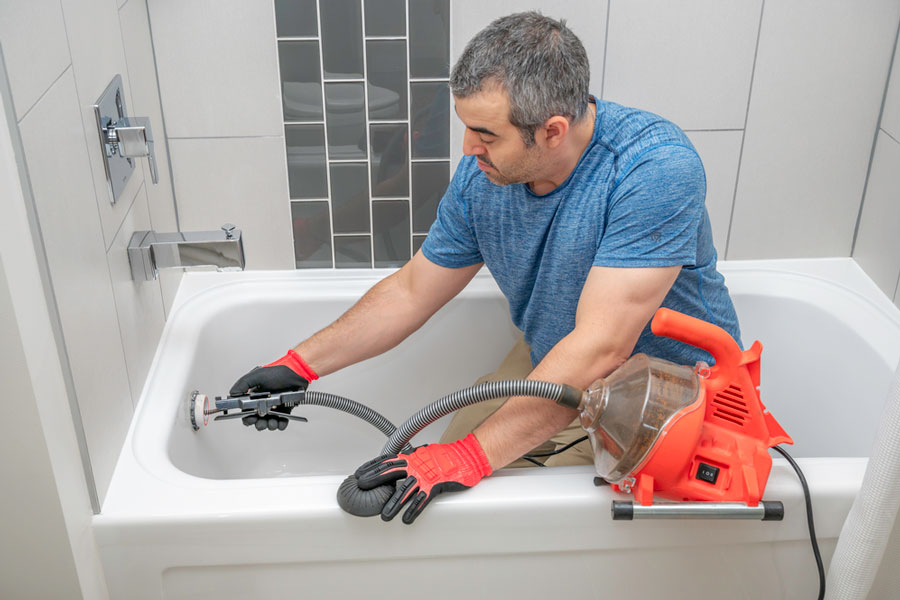
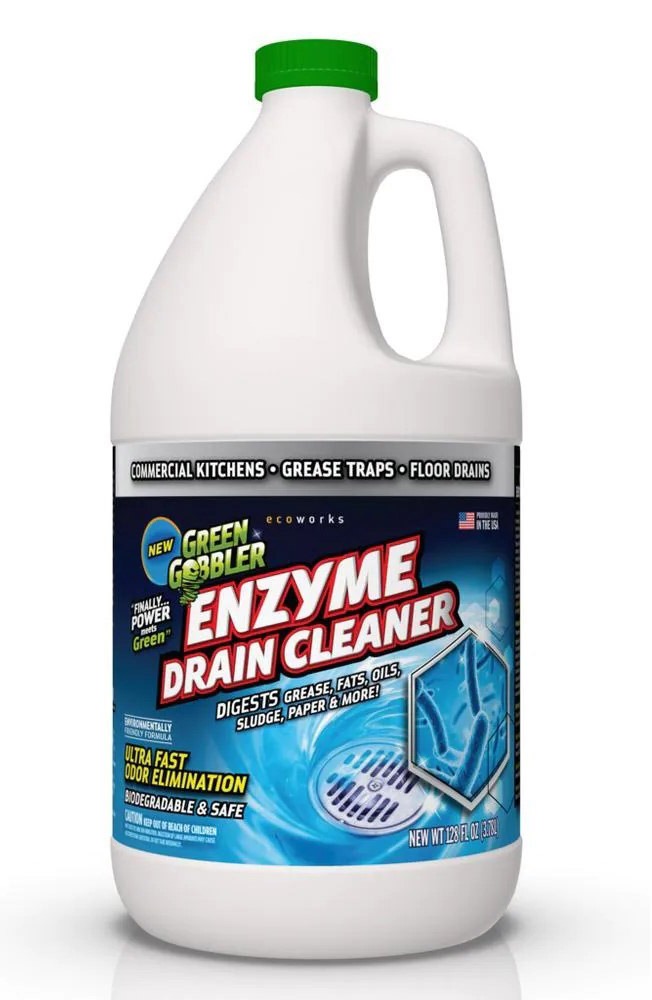







/GreenGobblerRefresh32oz-5bc63b0d4cedfd00266e4611.jpg)








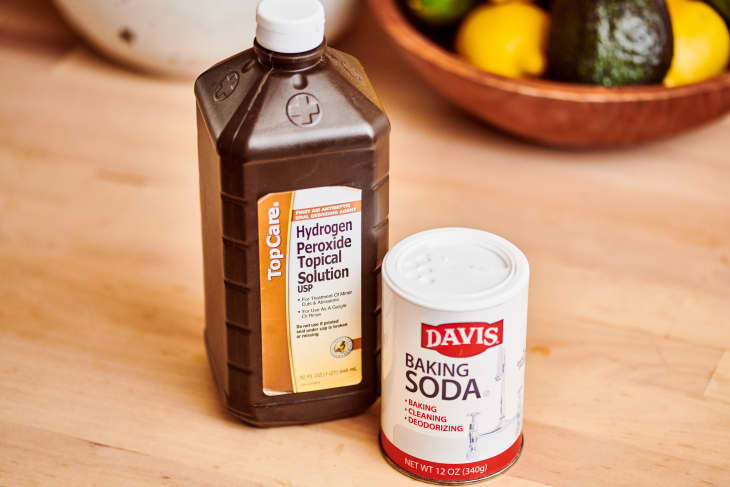
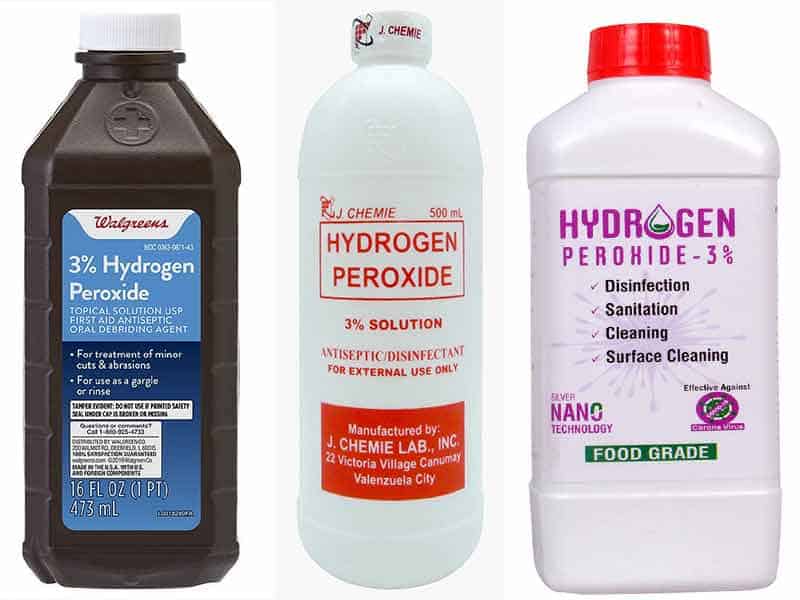
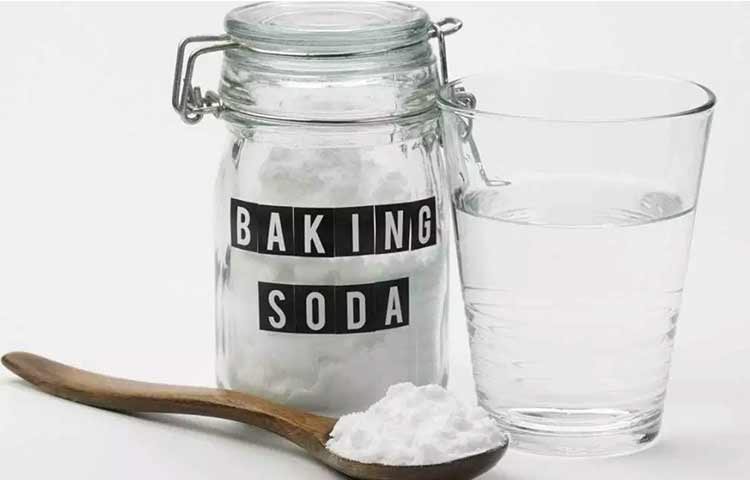
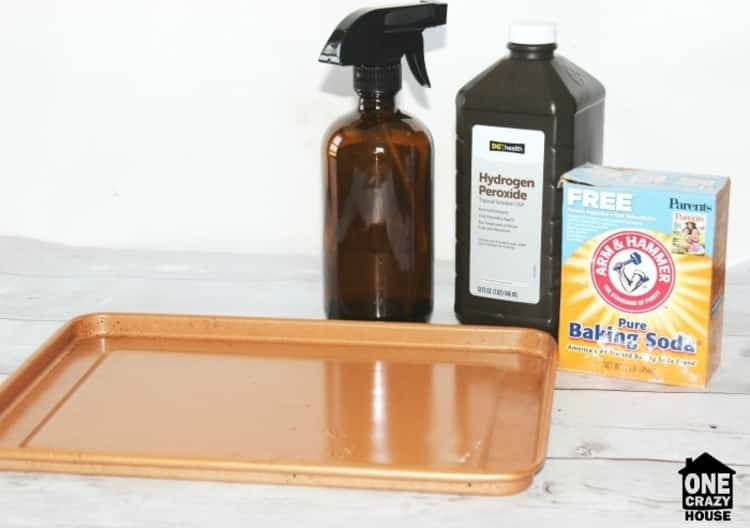
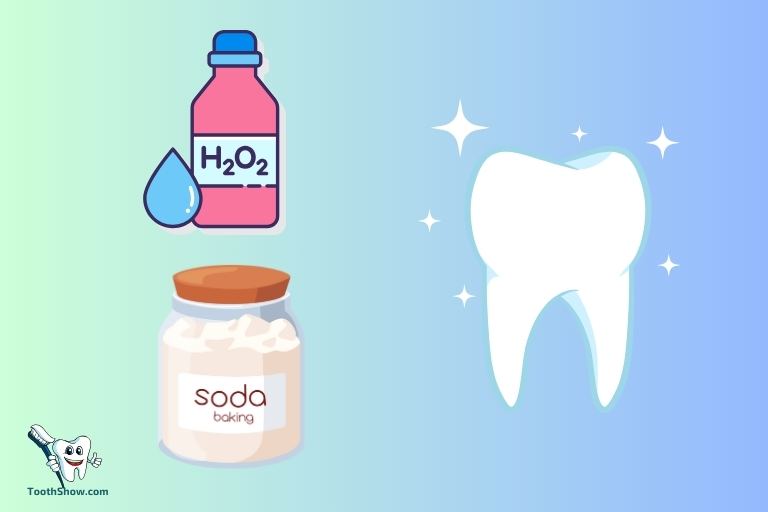

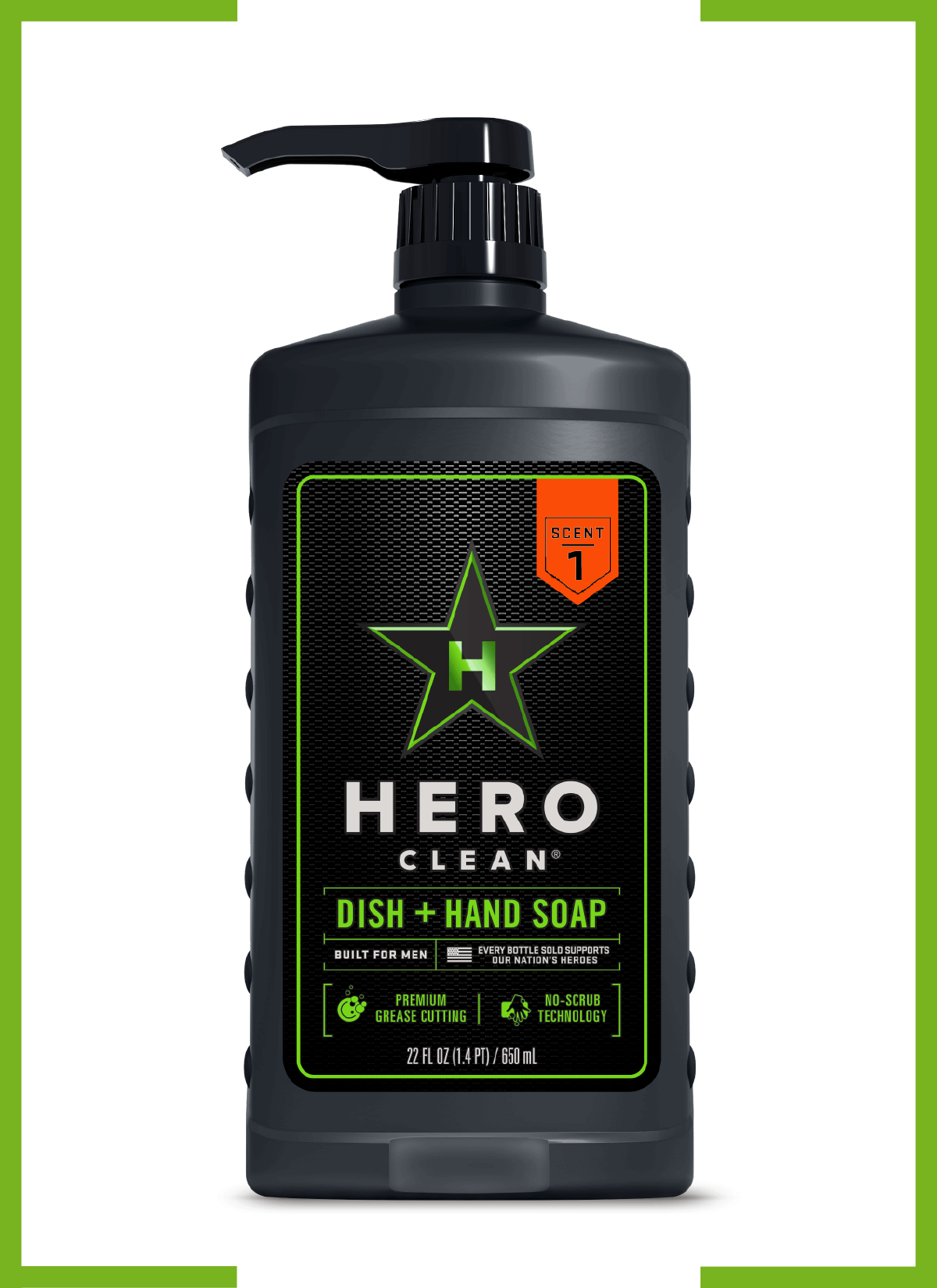

/GettyImages-80566571-5a1ca234aad52b00373338ff.jpg)
